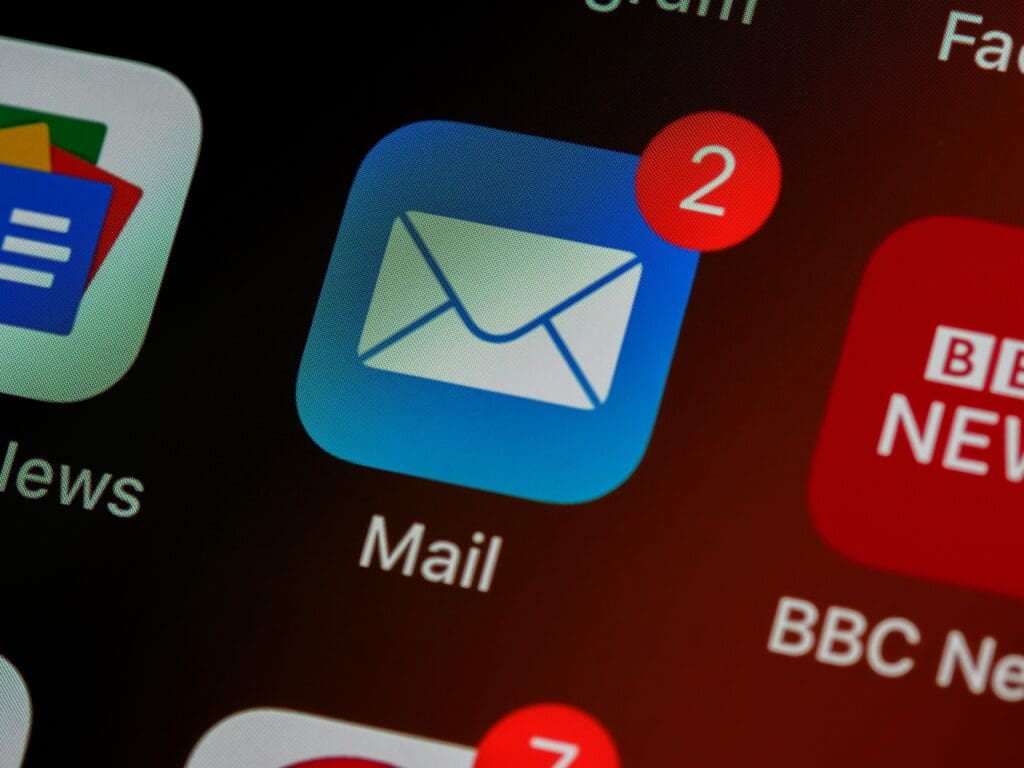Email and Ads: What’s New in HubSpot

Email and Ads: What’s New in HubSpot
HubSpot has been pioneering the inbound mentality for fifteen years now, based on the principle that, in their words, “people don’t want to be interrupted by marketers or harassed by salespeople — they want to be helped.” Hear, hear!
At Madison Taylor Marketing, we’re committed to the inbound marketing mentality and have been since the beginning. Customers and buyers are doing more and more research before they make purchases, and they need easy, useful, timely access to information.
More than that, they need personalized marketing. We’ve all seen ads that don’t apply to us, online or on TV — they’re annoying, obtrusive, and unhelpful. They’re no good to the company that serves them, either. It’s a waste of time and resources to advertise products and services to people who don’t want them or can’t afford them, so inbound marketers do their best to tailor their content only to the people that can actually benefit from them.
In service of that goal, HubSpot is always adding new features to help inbound marketers do their best work. Most recently, HubSpot announced that they now offer free email creation, sending, and analytics as part of their free CRM. Here’s what that means for marketers.
Why Do Marketers Need a CRM?
According to Forbes, the average person sees between 4,000 and 10,000 ads per day — obviously, most of those don’t make an impression. You can’t be the loudest message out there — without the marketing budgets of Apple, Ford, or Nike, you’ll never be able to drown out your competition. What you can do is be the smartest message.
The old-fashioned method of showing everyone the same message simply won’t work any more. According to one survey, 74 percent of online users get frustrated when a site, ads, or promotions have nothing to do with their interests. 57 percent say they’re ok with letting websites use their personal information as long as it’s for their benefit.
Recent regulations have changed the ability of marketers to use customers’ personal data for marketing, but a CRM doesn’t have to run on personal information. Its most powerful tool is tracking the buyer’s journey and marketing accordingly, with custom messaging.
Yes, marketers want to segment by industry, job role, company size, and other simple demographics. But they also want to segment by recent activity. They want to track how customers found them. They want to know which resources a customer has already consumed, which posts on social media they’ve already seen, which PDFs they’ve downloaded, and which emails they’ve read.
All that information will help you provide the best messaging. If they’ve already downloaded a whitepaper, you can send them a related one. Is this person the one using the product? Or are they making a purchase decision for their employees? Your marketing approach will be different for those different roles. You might send two different case studies depending on whether the person runs a multinational corporation or a startup. The variables are endless, but the more information you can keep track of, the better.
And a CRM (customer relationship manager) is a crucial tool for today’s marketers to do just that for one main reason: there is simply too much data out there to keep track of, especially when you’re tracking a customers entire journey (enter the new flywheel) without one.
Avoiding App Overload
App overload is a real problem — according to HubSpot’s research, 82 percent of survey respondents say that they’re losing productivity due to the number of apps they have to juggle. Salespeople are wasting time gathering and connecting the data from various apps, and marketers are trying to run analytics on data coming from different sources.
As much of a cliche as it is to say, time is money. Time spent gathering data isn’t time spent selling or actually using that data. What this means is that the more you can unify your apps, the more efficient you’ll be.
You might not even realize how bad your app overload has gotten. In the same survey, HubSpot analyzed all 20,000 websites their customers manage and found an average of 13 tool integrations on each site. But when they asked their customers, two thirds of them said they only use between one and five on a daily basis.
The conclusion is clear: either people don’t realize how many tools they use, or they’re signed up for far more tools than they need — maybe both. We think it’s the former. It’s easy to forget how many times you log into a new site or open a new app because it’s such a major part of all our lives now.
Email and CRM Together
HubSpot’s goal with this new feature is to help unify the functions of a CRM and email marketing — there are dozens of email marketing tools out there, but none of them give a comprehensive view of the customer’s experience and journey, making it a powerful force
With HubSpot’s CRM and new email features, all rolled into HubSpot’s free CRM, users can now create contact lists, segment them with any of the relevant information stored in the CRM, and send up to 2,000 emails a month, giving them the freedom to send completely different triggered emails and email cadences to any number of customer groups.
And if that wasn’t enough, HubSpot has also expanded their ad tools from just Facebook lead ads to Facebook, Google, and LinkedIn ads, including conversion reporting and multiple account connections. Now, users can handle even more of their marketing planning and execution from within HubSpot’s world-leading framework.
With these changes, HubSpot is truly a one-stop shop — a tool that allows you to not only plan, track, and analyze your marketing strategies, but to execute them as well, all from one location. No more time wasted logging in and out of separate apps to gather data or schedule campaigns. In today’s digital marketing world, you need to be nimble and flexible. HubSpot will help you get there.





